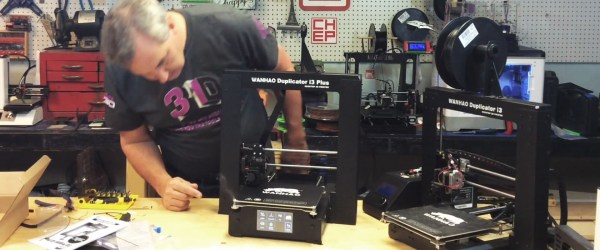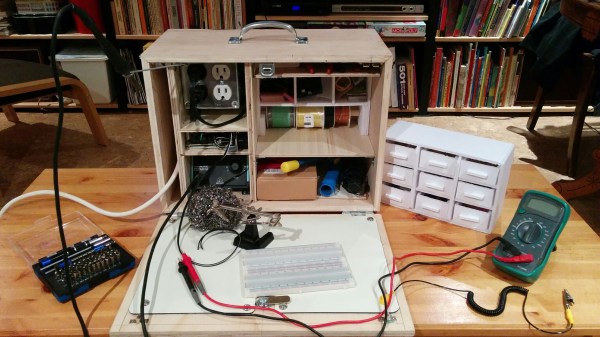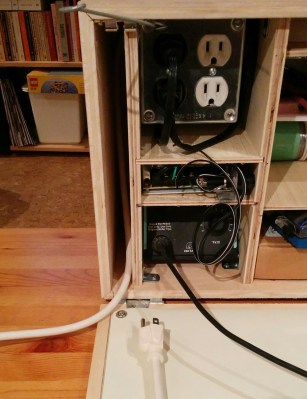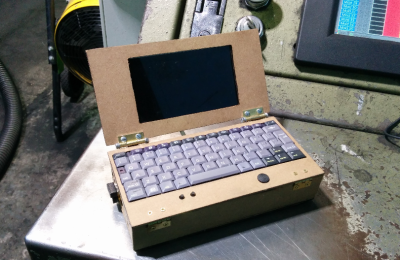Long distance driving can be tedious at times. The glare of the sun and the greenhouse effect of all your car’s windows make it hot and dry. You turn on the fan, or air conditioning if you have it, and that brings relief. Soon enough you’ve got another problem, the cold dry air is uncomfortable on your eyes. Eventually as you become more tired, you find yourself needing the air on your face more and more as you stay alert. You thus spend most of the journey fiddling with your vents or adjusting the climate controls. Wouldn’t it be great if the car could do all that for you?
AutoFan is a project from [hanno] that aims to automate this process intelligently. It has a fan with steerable louvres, driven by a Raspberry Pi 2 with attached webcam. The Pi computes the position of the driver’s face, and ensures the air from the fan is directed to one side of it. If it sees the driver’s blink rate increasing it directs the air to their face, having detected that they are becoming tired.
The build logs go into detail on the mathematics of calculating servo angles and correcting for camera lens distortion in OpenCV. They also discuss the Python code used to take advantage of the multicore architecture, and to control the servos. The prototype fan housing can be seen in the video below the break, complete with an unimpressed-looking cat. For those of you interested in the code, he has made it available in a GitHub repository.
Continue reading “Hackaday Prize Entry: AutoFan Saves Tired Drivers With Face Recognition”

























